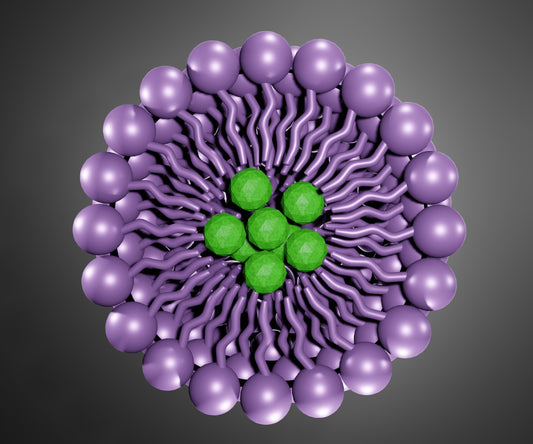Formulation Material Selection
Mastering Surface Active Agents Selection for High-Performance Cosmetics

Language: English
Length: 90 min
Recorded on: 28 May 24
Package Includes
6 months access to Course Recording, Presentation Slides, Q&A Transcript
Course Description
Enhance performance and deliverable benefits of your surfactants with synergistic combinations and understanding the basic science that influences properties and applications.
With expert guidance, Eric Abrutyn, this course will take you through the basic physical and chemical properties, translate these properties into workable optimized utilization. For each of the four (4) key attributes (anionic/cationic/nonionic/amphoteric) ingredients, examples will be discussed along with some basic combinations for maximized performance.
With expert guidance, Eric Abrutyn, this course will take you through the basic physical and chemical properties, translate these properties into workable optimized utilization. For each of the four (4) key attributes (anionic/cationic/nonionic/amphoteric) ingredients, examples will be discussed along with some basic combinations for maximized performance.

Eric Abrutyn
TPC2 Advisors Ltd.
0 courses
See Tutor Profile
Why should you view this course?
Who should join this course?
-
This course is suitable for beginner level proficiency
Beginner
Course Outline

Share this Course
Share this Course
https://courses.specialchem.com/products/mastering-surface-active-agents-selection-for-high-performance-cosmetics

